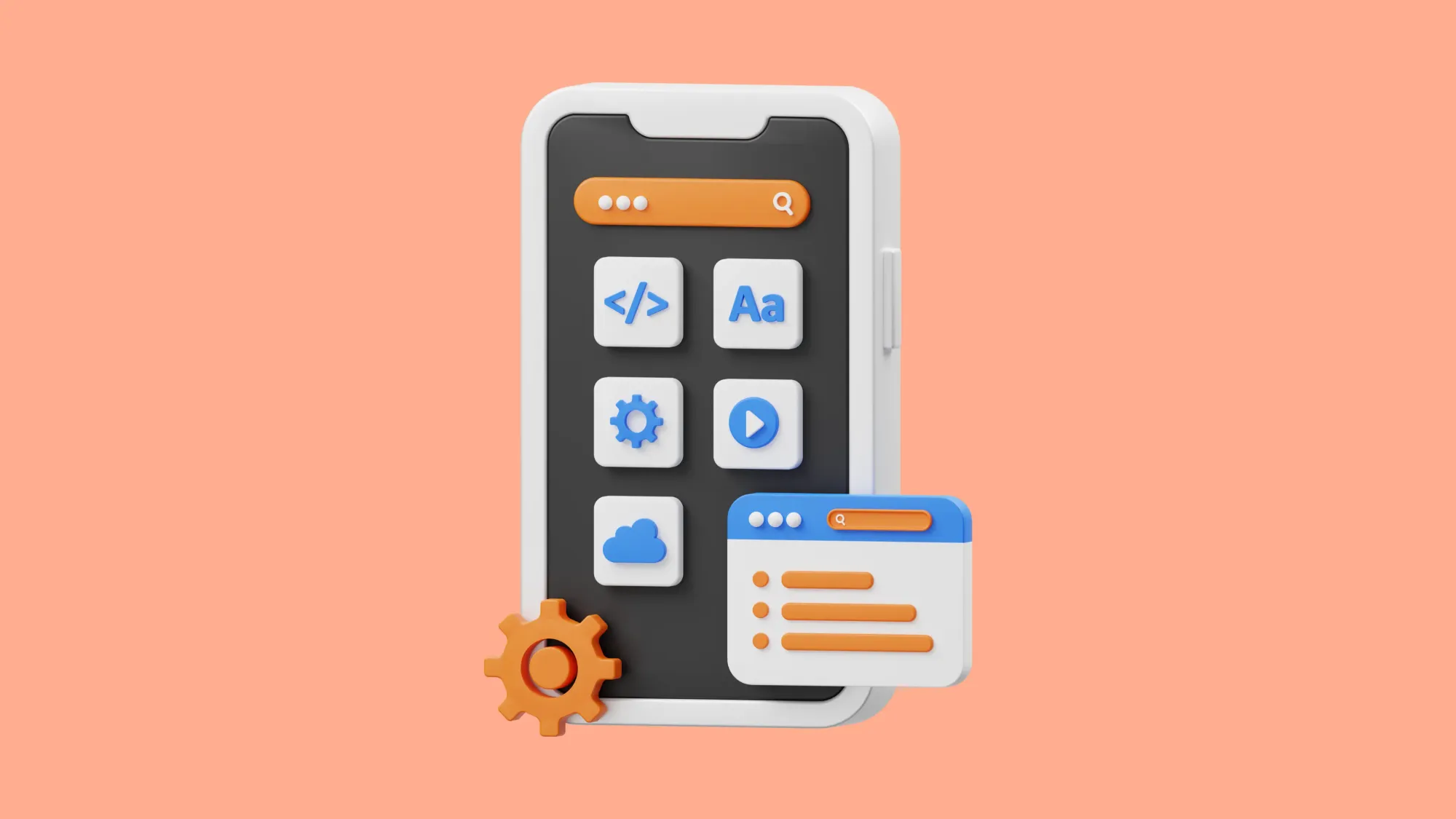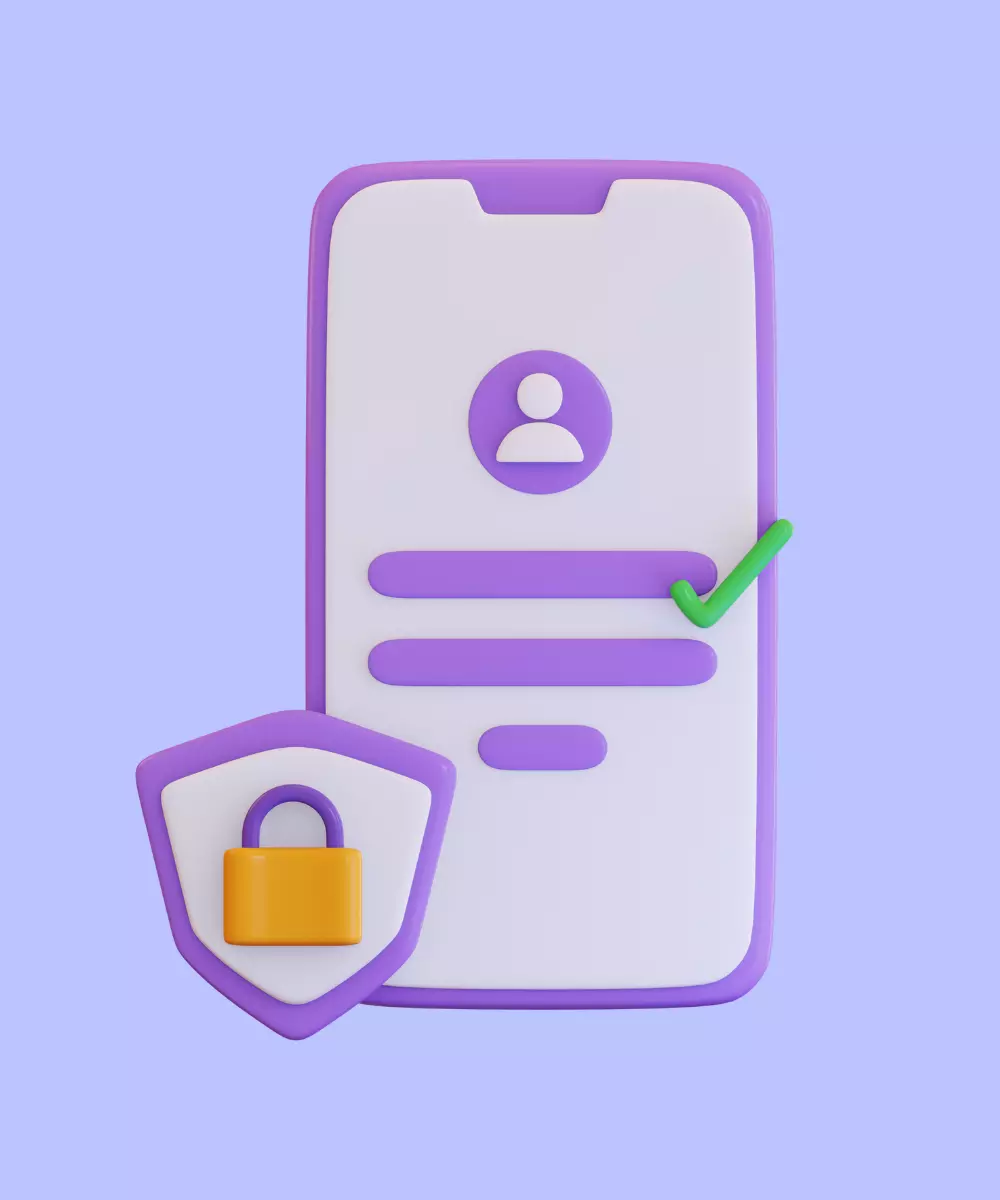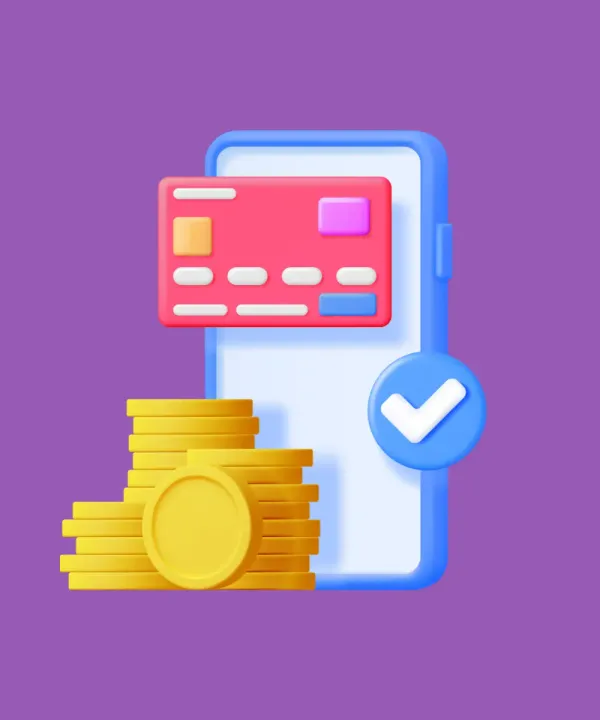In the digital landscape of 2024, mobile applications have become central to our daily interactions, revolutionizing communication, shopping, and entertainment. With this surge in mobile app usage comes unparalleled convenience, but also an increased vulnerability to cyber threats. As technology advances, so do the tactics of cybercriminals, making mobile apps a prime target. A single security lapse can lead to significant financial and reputational damage.
Trust is at the heart of this issue. Users trust businesses to protect their personal and financial information when using their apps. A breach can shatter this trust, tarnishing a brand's image and even leading to legal complications in an era of stringent data protection regulations.
In this article, we'll delve into the current state of mobile app security, highlighting key threats and offering best practices to mitigate them. Whether you're a developer, business owner, or user, this guide is designed to equip you with essential insights for a safer digital experience in 2024.
Understanding the Importance of the Threat Landscape
The digital realm is akin to a vast ocean, teeming with opportunities but also fraught with dangers. As mobile apps become more sophisticated and integral to our lives, they also become prime targets for cyber adversaries. Understanding the threat landscape is the first step in crafting a robust defense strategy. Let's delve deeper into the prevalent threats of 2024 and their implications.
Common threats in 2024
- Malware: This malicious software is designed to infiltrate and damage devices. With the rise of mobile banking and e-commerce, malware has evolved to become more stealthy and destructive, targeting financial transactions and personal data.
- Phishing: These deceptive attempts to steal sensitive information have become more sophisticated. Cybercriminals now employ AI and machine learning to craft convincing fake messages and websites, making it harder for users to distinguish between legitimate and malicious requests.
- Man-in-the-middle attacks: These attacks involve unauthorized interception of communication between two parties. With the increasing use of public Wi-Fi networks, users are more susceptible to these attacks, which can lead to data theft or eavesdropping.
The implications of ignoring the threat landscape
The consequences of overlooking the threat landscape extend beyond immediate financial losses. Companies face:
- Reputational damage: Trust, once lost, is challenging to regain. A security breach can tarnish a brand's image, leading to a decline in user base and loyalty.
- Regulatory penalties: With regulations like GDPR and CCPA in place, companies can face hefty fines for non-compliance or lapses in data protection.
- Operational disruptions: Cyberattacks can halt business operations, leading to loss of revenue and increased recovery costs.
- Loss of intellectual property: For businesses, especially in the tech sector, a breach can mean theft of proprietary algorithms, strategies, or product blueprints.
Understanding the threat landscape is not about inducing fear but fostering preparedness. By recognizing the potential dangers, businesses can proactively implement measures to safeguard their assets and users.
Best Practices in Mobile App Security
As mobile apps continue to dominate the digital space, ensuring their security is paramount. With cyber threats evolving at an unprecedented rate, businesses and developers must be proactive in their approach to safeguarding user data and maintaining trust. Here's an expanded look at the best practices in mobile app security for 2024:
1. Secure the development environment
A fortified development environment is the first line of defense against potential threats. Ensuring that the tools, libraries, and access controls are up-to-date and secure minimizes vulnerabilities right from the inception of the app.
- Regularly update and patch development tools: Ensure your tools are always up-to-date to protect against known vulnerabilities.
- Use trusted libraries and frameworks: Opt for libraries with a strong reputation and active maintenance to ensure the foundation of your app is secure.
- Implement access controls: Restrict access to your development environment based on roles, ensuring only necessary personnel can make changes.

2. Secure coding practices
Coding is the backbone of any app, and its security is paramount. By adopting secure coding practices, developers can prevent a wide range of attacks, from SQL injections to cross-site scripting, ensuring the app's core remains unbreachable.
- Input validation: Safeguard against threats like SQL injection and XSS by validating and sanitizing all user inputs.
- Principle of least privilege: Only grant permissions essential for the app's functionality, reducing potential attack vectors.
- Code obfuscation and minification: Make your code harder to decipher, deterring potential attackers.
- Regular code reviews and analysis: Continuously scrutinize your code for vulnerabilities using both static and dynamic analysis.
3. Data protection and encryption
Data is the lifeblood of any mobile application, and its protection is non-negotiable. Implementing robust encryption practices for data at rest and in transit ensures that sensitive user information remains confidential and safe from prying eyes.
- Encrypt sensitive data: Always encrypt sensitive data, whether it's stored on a device or being transmitted over the internet.
- Secure key management practices: Ensure encryption keys are stored securely and rotated regularly.
- Implement secure data storage solutions: Use trusted methods for storing data, such as encrypted databases or secure cloud storage.
4. Secure authentication and authorization
User access points are common targets for cyberattacks. By strengthening authentication and authorization processes, businesses can ensure that only legitimate users access the app, keeping malicious actors at bay.
- Multi-factor authentication (MFA): Enhance security by requiring users to provide multiple forms of verification.
- OAuth and token-based authentication: These methods provide secure and streamlined user access without exposing user credentials.
- Session management best practices: Safeguard user sessions with automatic timeouts and secure session storage.
5. API security
APIs act as bridges between different software components, and their security is crucial to prevent potential data breaches. Secure endpoints, rate limits, and regular audits ensure that these bridges remain impervious to threats.
- Secure API endpoints: Every API endpoint should require authentication, ensuring only authorized users can access data.
- Rate limiting and throttling: Prevent potential abuse by limiting the frequency of API requests.
- Regularly audit and test APIs: Ensure your APIs remain secure against emerging threats through regular audits and vulnerability tests.
6. Testing and continuous monitoring
The digital landscape is ever-evolving, and so are cyber threats. Regular testing and real-time monitoring ensure that apps remain updated against the latest threats, offering users a secure experience at all times.
- Penetration testing: Simulate cyberattacks to identify vulnerabilities in your app before they can be exploited.
- Real-time monitoring and alerting: Stay informed about any suspicious activities in real-time.
- Use automated security testing tools: Leverage technology to consistently scan and test your app for vulnerabilities.

7. Third-party libraries and SDKs
Third-party components can introduce vulnerabilities if not properly vetted. Regular audits, using trusted sources, and understanding permissions are essential to ensure these components don't become weak links in the app's security chain.
- Regularly audit and update: Ensure third-party components are secure and up-to-date.
- Use trusted sources: Only integrate libraries and SDKs from reputable sources.
- Understand permissions: Be aware of what permissions third-party components require and ensure they don't overreach.
8. User privacy and compliance
In an era of data rights and privacy, compliance with regulations is not just a legal necessity but also a trust-building measure. Clear policies and regular reviews ensure that user data is treated with the respect and protection it deserves.
- Stay updated with regulations: Ensure your app remains compliant with regulations like GDPR and CCPA.
- Implement clear privacy policies: Clearly communicate to users how their data will be used and stored.
- Regularly review and update compliance measures: As regulations evolve, so should your compliance strategies.
9. Post-breach protocols
Despite best efforts, breaches can occur. Having a robust response plan ensures swift action, minimizing damage, and ensuring a quick recovery, while also guiding users on the next steps to secure their data.
- Have a robust incident response plan: Be prepared to act swiftly in the event of a breach to minimize damage.
- Regularly backup data: Ensure you can quickly recover data in case of ransomware or other malicious attacks.
- Educate users: Keep your user base informed about potential risks and the steps they should take if they suspect a breach.
By adhering to these best practices, developers and businesses can ensure a robust defense against potential cyber threats, ensuring a safer environment for both their operations and their users.
Conclusion
In the dynamic world of mobile app development, security stands as the bedrock upon which trust and reliability are built. As we've navigated through the myriad of best practices in this article, one thing becomes abundantly clear: proactive measures, continuous learning, and adaptation are the keys to staying ahead of potential threats.
In the end, mobile app security isn't just about codes, encryption, or firewalls. It's about upholding a commitment to users, ensuring their data and privacy are treated with the utmost respect. As developers, businesses, and stakeholders in the digital realm, it's our collective responsibility to champion security, not as an afterthought, but as a fundamental principle of our digital endeavors.
If you're looking to develop a cross-platform mobile app with top-tier security measures in place, our team at What the Flutter is here to help. With our expertise in both development and security, we ensure that your app is not only functional and user-friendly but also fortified against potential threats. Contact us today to discuss your project and let's create a secure digital experience together!












